Great Tamerlan's Path and Cave of Neanderthal people. Travel with "Mysterious Uzbekistan" team. Part three
Beginning there:
Millennial chinars (plane trees) Urgut or mysterious Uzbekistan. Part one.
The Devil Plateau. Travel with the "Mysterious Uzbekistan". Part two
As I told before, I made a small two-day trip to the mountainous regions of Samarkand together with the team of "Mysterious Uzbekistan". The trip took only a couple of days, but there were the sea of impressions! As well as photos - I took almost 900 pieces. I had to sweat pretty, selecting the most interesting and suitable for publication.
It is curious, but so many centuries have passed, and along this path people continue to walk. True, it has already lost its importance as a caravan path, but it locals overtake their livestock and hoof prints side by side with the prints of tires of motorcycles and bicycles.
So, my previous post was about Devil Plateau. After admiring the ruins of the stones, we went to the mountains in order to descend the ancient tract that connects Samarkand and Kesh (Shakhrisabz), and through which for millennia caravans and military convoys used to go. Caravans from Sogd to Bactria and back traveled along this route. Persian hordes trampled this land. After a couple of centuries the cavalry of Alexander the Great knocked out dust from this path and it settled on the shoulders of the Macedonian infantry marching behind the riders. Traces of sandals of heavily armed hoplites were imprinted in soft dust. On the same trail light legged Arabian horses, on which sat the Arab conquerors, swept. And after three hundred years, squat and shaggy Mongolian horses on these same stones carried on their backs the army of the Stunner of the Universe - Genghis Khan. After another two centuries Tamerlane's army swept along this route, going to the next conquest campaigns. And all the time, for thousands of years, along this route there were trade caravans. Huge Bactrian camels, strong horses and hardy donkeys dragged Chinese silks, porcelain, spices, skins, Damascus knives and gold on their backs.
It is curious, but so many centuries have passed, and along this path people continue to walk. True, it has already lost its importance as a caravan path, but it locals overtake their livestock and hoof prints side by side with the prints of motorcycle and bicycle tires.
Often admiring the mysterious and mysterious Devil Plateau, we drove a caravan about a kilometer, climbed to the top of one of the mountains ...
... and started descending the caravan route. Frankly speaking, I was tormented by vague doubts about the fact that the path along which we descend is really a caravan tract of ancient times. But the guides assured us that people have walked along this path for centuries. Upon returning home, I "googled" and made sure that the information is true.
The path, like a snake, wriggled among the hills. It was a wide and trampled path, along which it was quite convenient to go.
After about a kilometer, we turned off the main road and plunged into the forest. Previously, there was a thick and impenetrable forest, which was partially cut down for economic needs. Subsequently, people partially compensated for losses, planting walnut trees, acacia, apple, oak, pine and elms. Local residents in the late summer are actively collecting walnuts and apples.
After wandering through the forest, we again went out to the caravan route.
On this road we descended to the foot of the mountain. But our trip didn’t end and we continued our excursion, going to the cave "Amankutan" or "Cave of the Lion". When I read the program of the trip, I really liked these sonorous and intriguing names - "The Devil's Plateau", "The Cave of the Lion". I thought that the name of this cave is connected somehow with lions. For some reason it seemed to me that a long time ago, tens of thousands of years ago, a cave lion lived here, hunting for ancient Neanderthals and Cro-Magnon people who bravely beat off stone tools from an enraged predator. In a distant childhood, I read the novel by Joseph Roni Sr., "The Quest for fire," in which brave primitive people fought prehistoric monsters in search of fire. Including the cave lion. I imagined a whole picture of the confrontation of ancient people and formidable predators.
But, the reality turned out to be quite different. Not worse, but just different. I should explain – it is play of words – in Russian language the name of lion (animal) sounds as “Lev” and the family name of Soviet scientist-archeologist is also Lev. So the name of this place in Russian sounds same – Cave of the Lion (Lion’s Cave) and Cave of Lev (Lev’s Cave). Well, "The Cave of the Lion" (and, more correctly, the "Cave of Lev") was named not in honor of cave lions, but in honor of the Soviet scientist-archeologist and anthropologist David Nathanovich Lev, who in 1947 found in this cave the remains of Neanderthals, whose age is almost 100 000 years! And not only their bones and tools, but also the remains of ancient foci and bones of ancient animals. A total of more than 16,000 bones belonging to 28 species of animals. This cave is interesting because it is inaccessible for several months of the year. Due to the melting of snow on the mountain tops, an underground river is formed, which completely floods the cave. Closer to May or the beginning of June, the water drops and you can enter the cave.
Unfortunately, all the ancient remains of primitive people were taken out and they have long been buried in various museums. Also, I did not see the rock paintings of ancient people, but in abundance there are murals of modern people (apparently not far from their ancient ancestors for mental development).
Climbing through the cave, I was more concerned about not getting stuck like Winnie the Pooh, squeezing between stalactites and therefore, I didn’t take very active photographs. Therefore, I borrowed some of the photos from the Amankutan cave from the photo report of "Mysterious Uzbekistan’s team"
After we had settled on a prehistoric cave, the organizers brought us to Samarkand. We stayed in a very interesting hotel called "Legends of Samarkand". It is located near the historical center of the city in five minutes walk from Registan. Earlier it was the home of a wealthy Bukharian merchants, but later the house was adapted to a hotel. Something was completed and turned out to be a very picturesque hotel.
Мне достался любопытный номер, весь украшенный сюзане ручной работы и различными интересными кувшинами и сосудами различной степени древности.
I got a curious room, all decorated with handmade suzane (oriental kind of wall carpet) and various interesting jugs and vessels of varying degrees of antiquity.
Unfortunately, the old house is difficult to turn into a modern hi-tech hotel and for the beauty of the decoration had to suffer some inconvenience - for example, there was practically no hot water and my toilet had some problems - the tank was not filled. Therefore, for flushing, I adapted one of the jugs. But the building and decoration was so beautiful that I did not pay attention to these inconveniences. See for yourself:
In the morning, when we had breakfast, the innkeeper put marmalade of his own making on the table. Stunning taste! He, it turns out, learned to make marmalade in France and now pampers them with his guests. I did not eat tasty marmalade! Only for their sake is it worth coming to Samarkand again. Samarkand is generally an amazing city and people in it, sometimes, meet amazing. The owner of the hotel can be a man who studied with the best marmalade of France. A simple guide could participate in excavations along with outstanding archaeologists with world names. The taxi driver could be the driver of the presidents. Incredible stories and incredible fates!
My next topic will be about my trip to the Cave of Hadji Daud (Saint David) - the biblical prophet, who is revered by all three world religions. Hope it will be interesting for you.
!steemitworldmap 39.318894 lat 66.988449 long The ancient Caravan Path in Uzbekistan d3scr
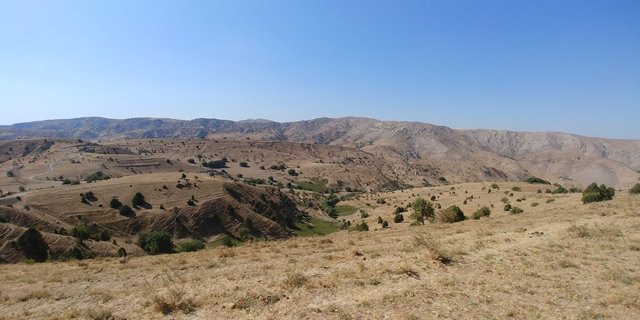
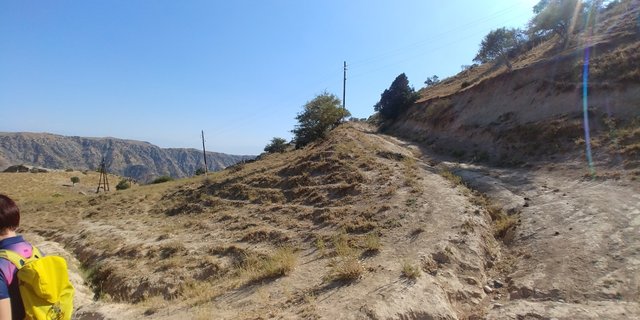
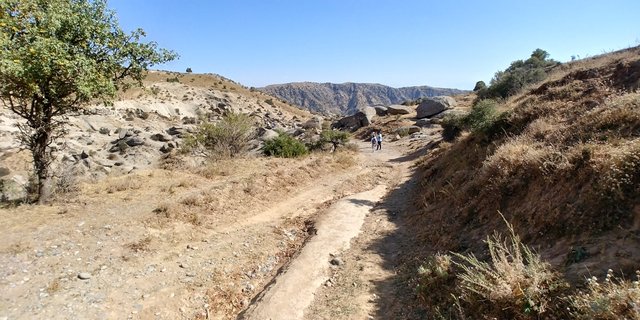
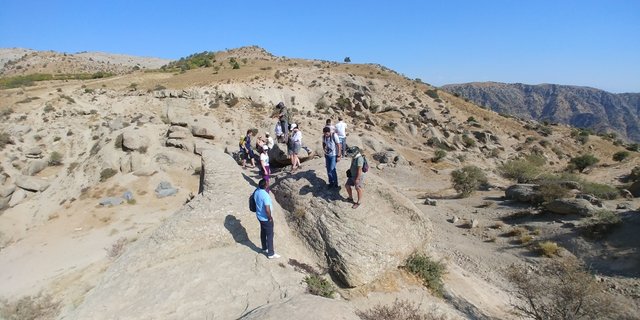
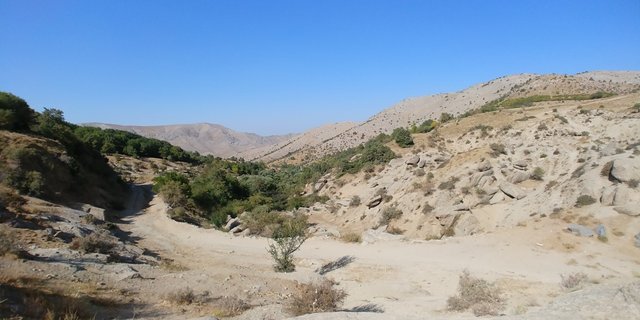
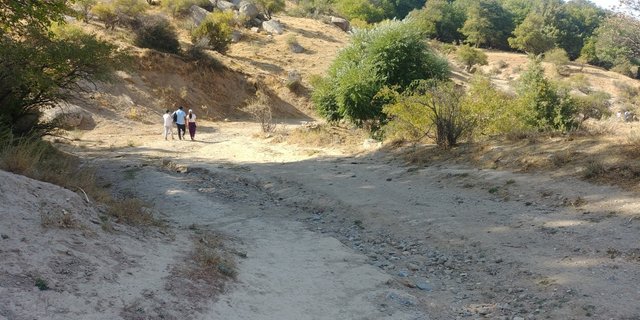
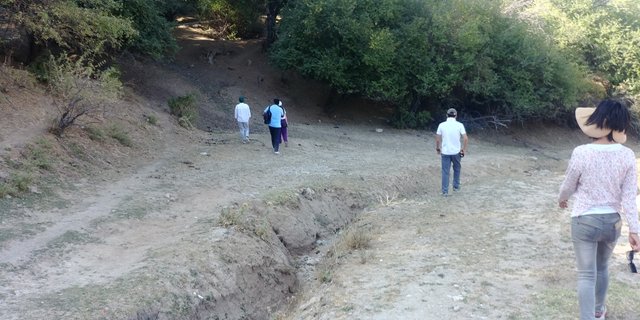
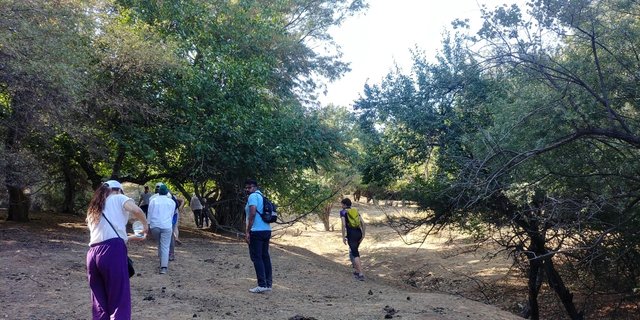
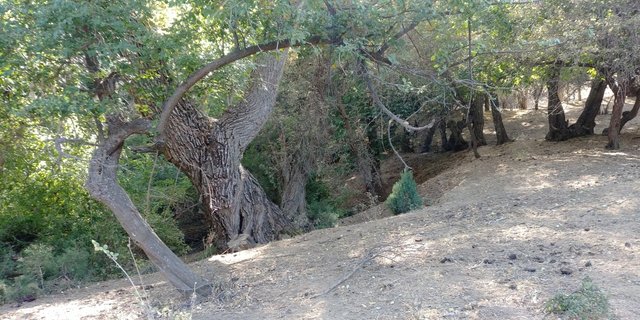
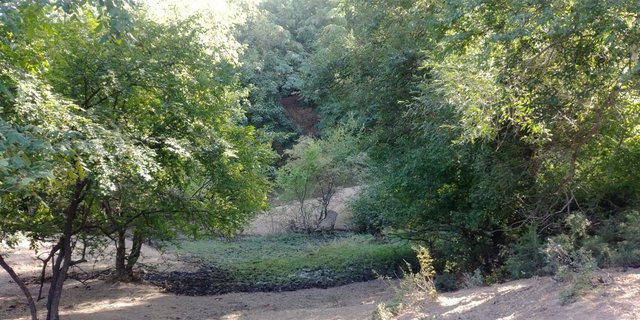
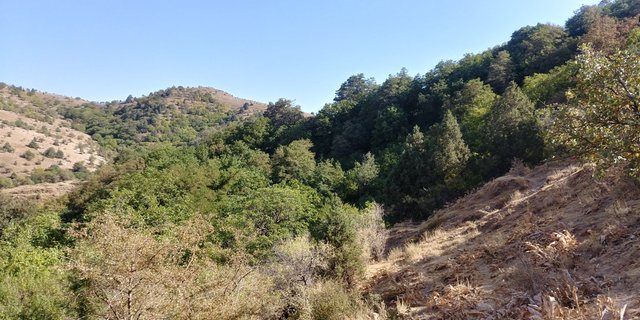
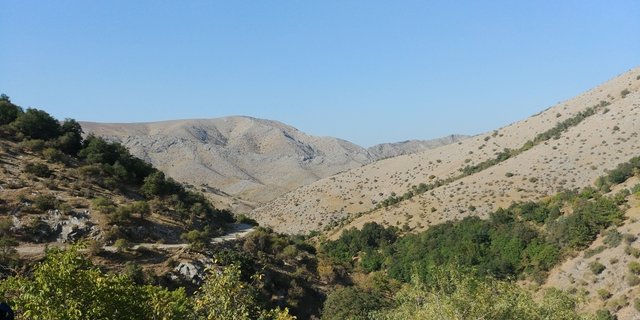
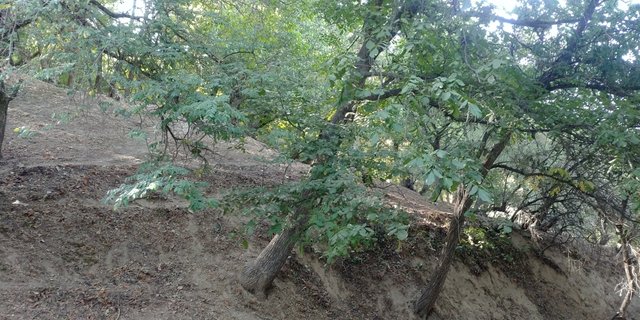
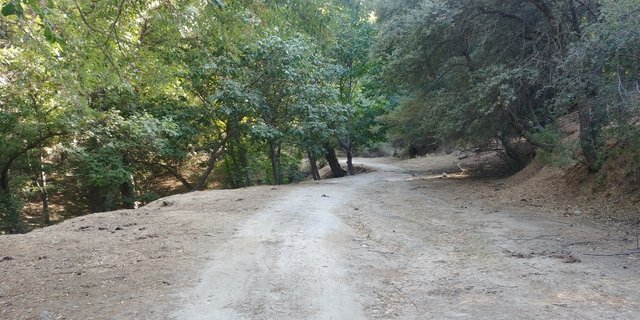
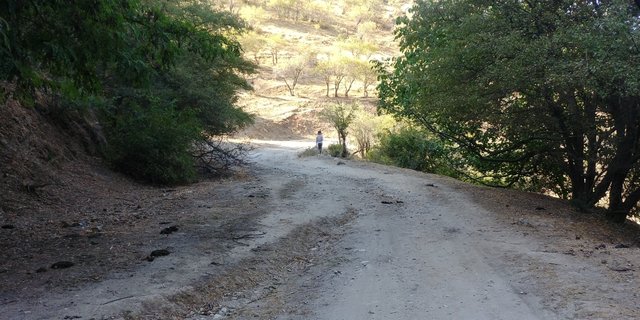
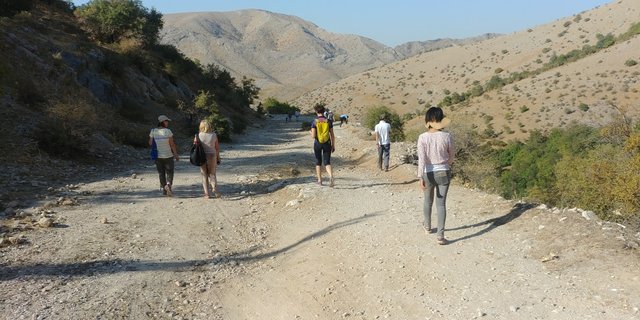
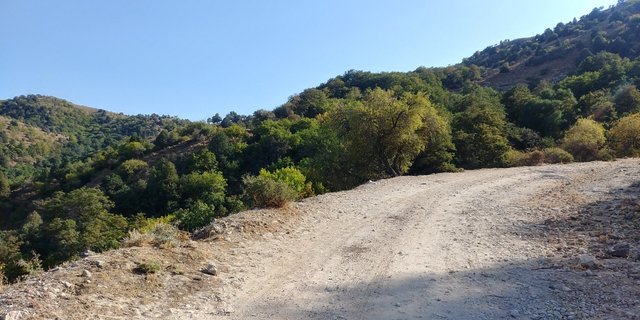
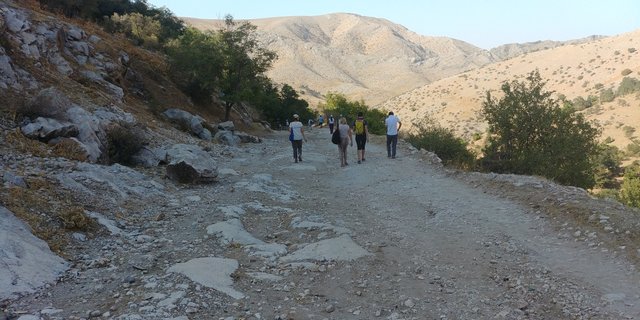
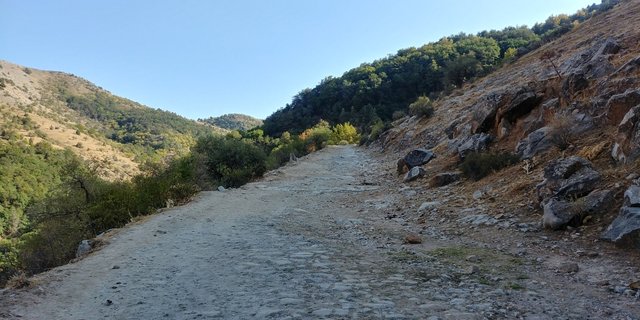
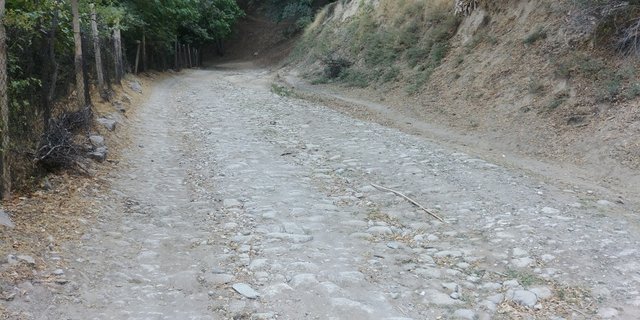
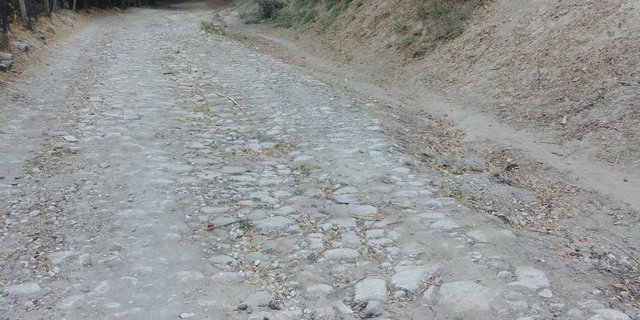
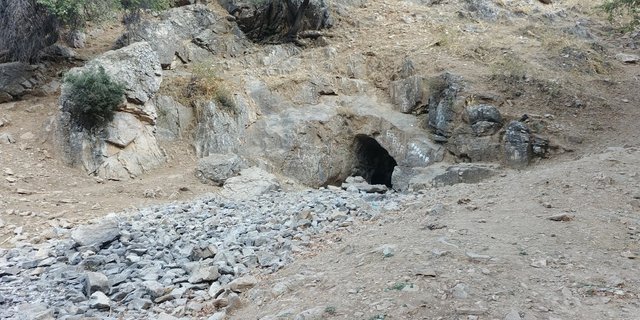
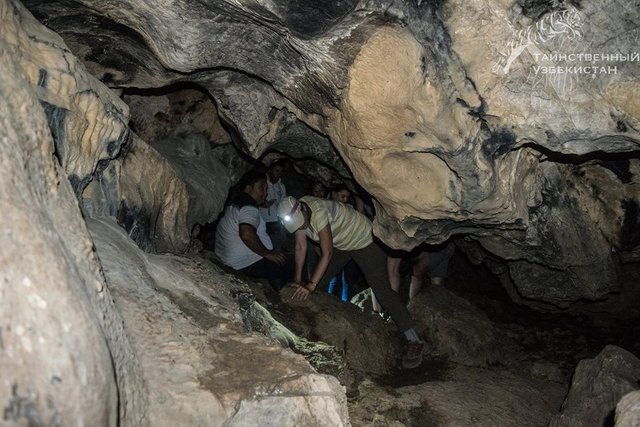
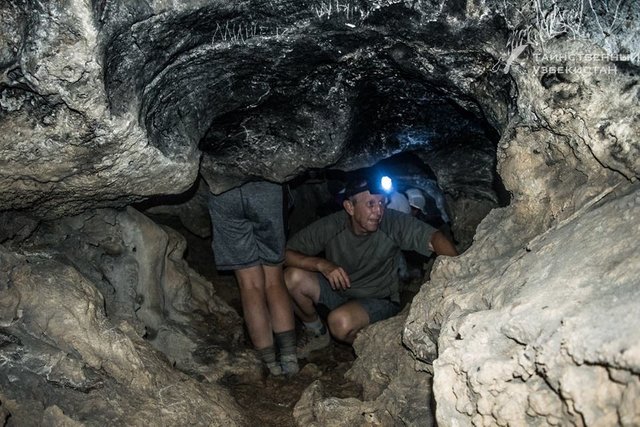
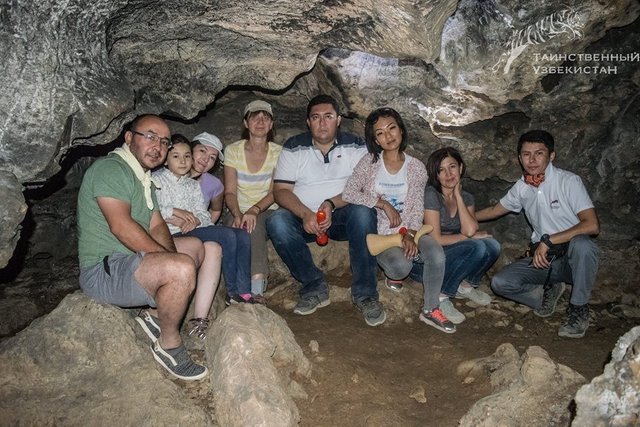
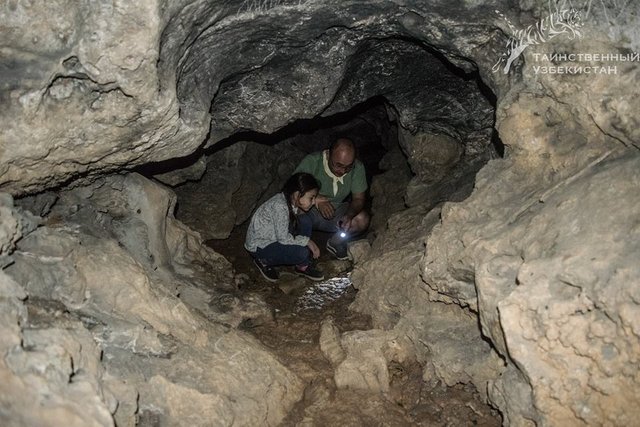
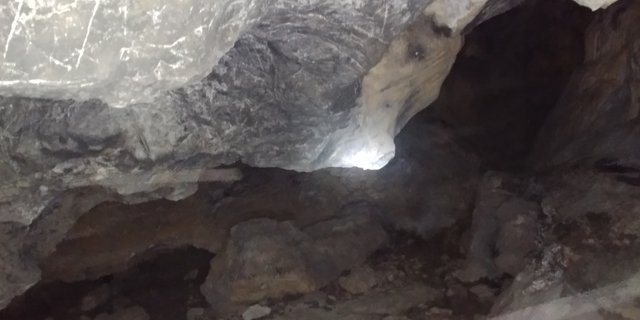
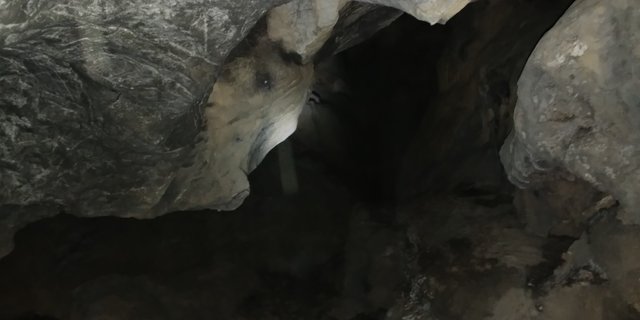
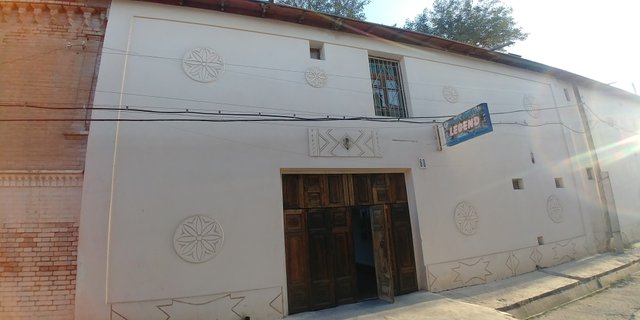
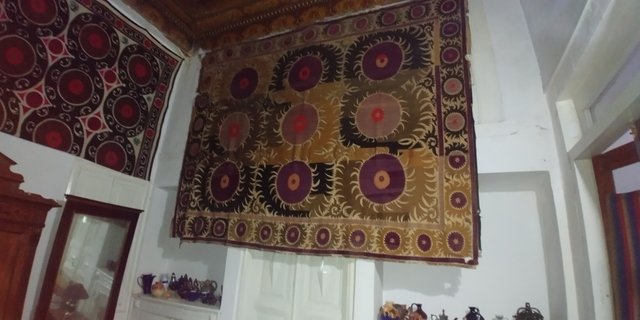
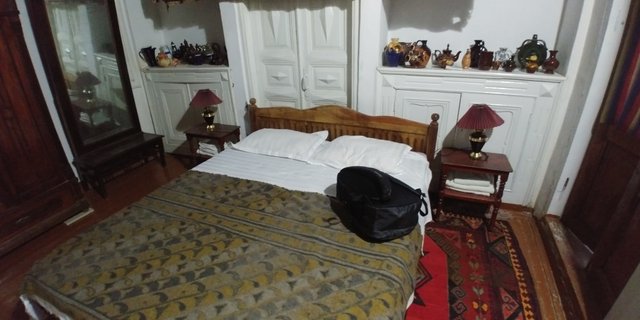
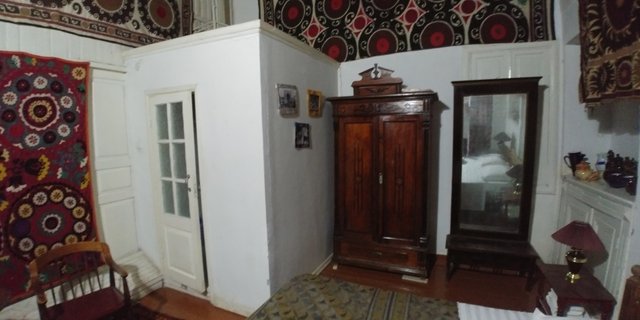
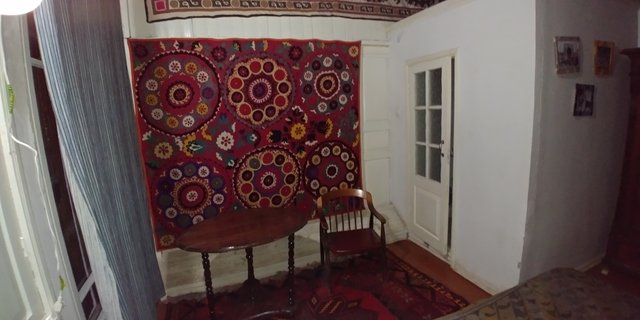
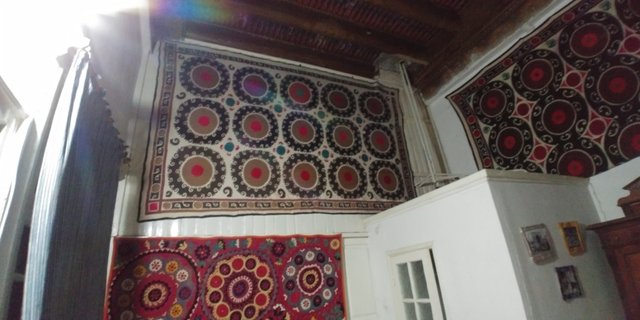
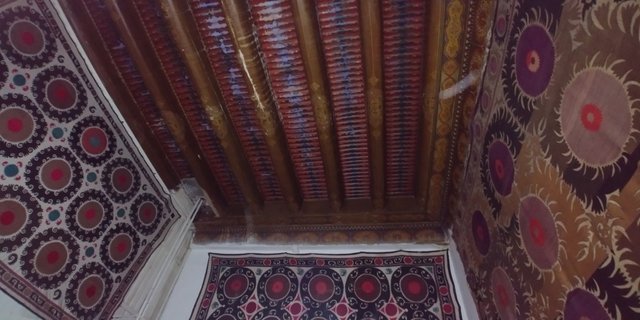
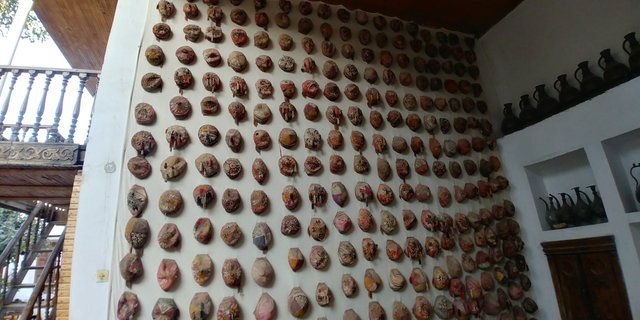
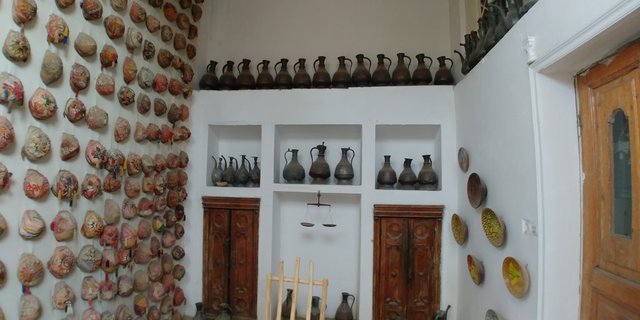
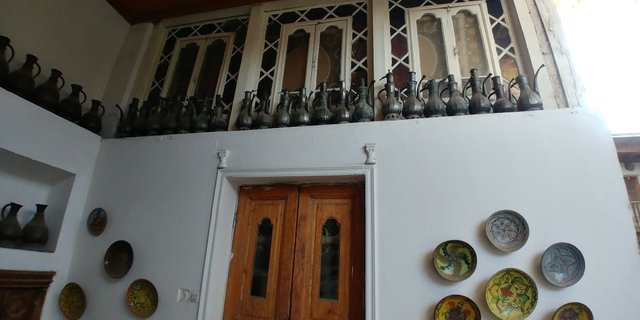
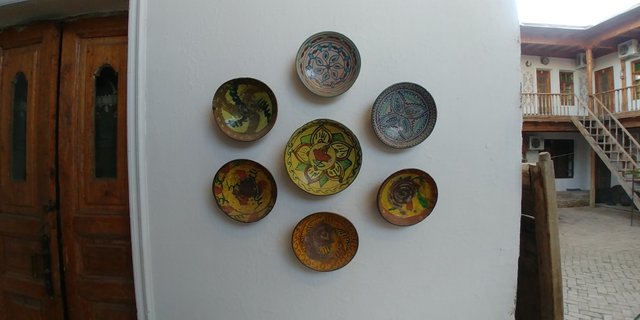
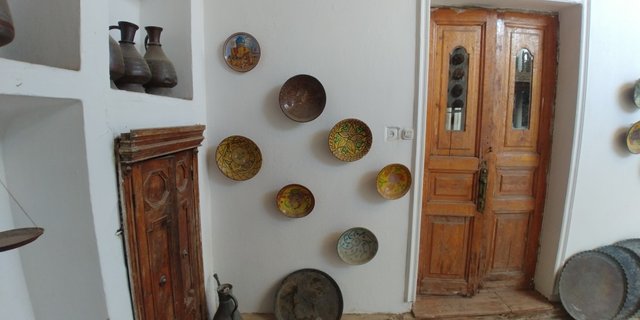
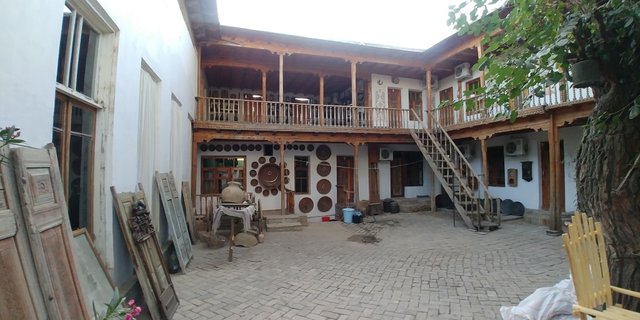
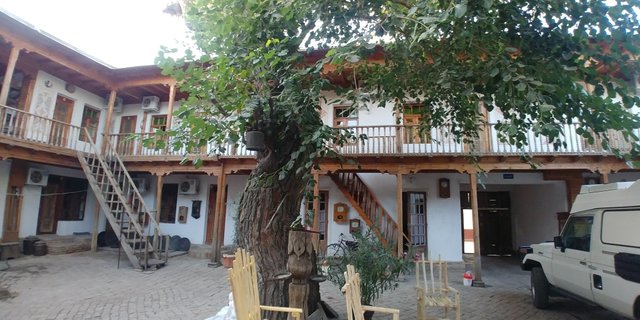
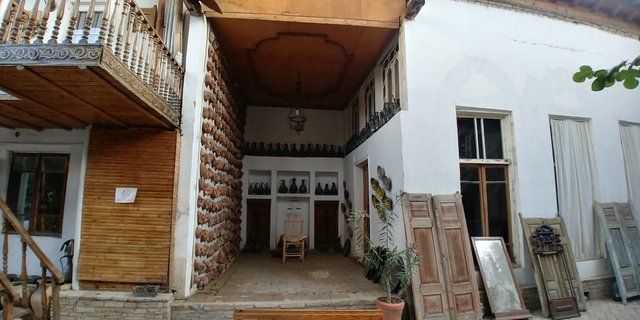
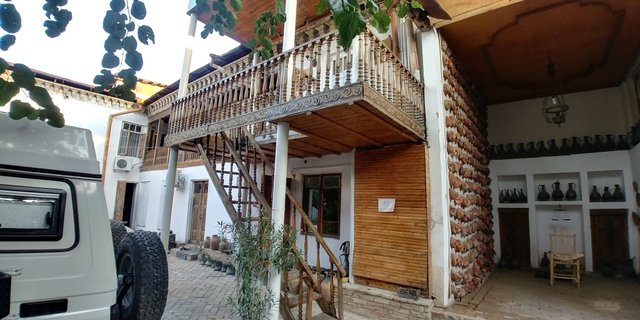
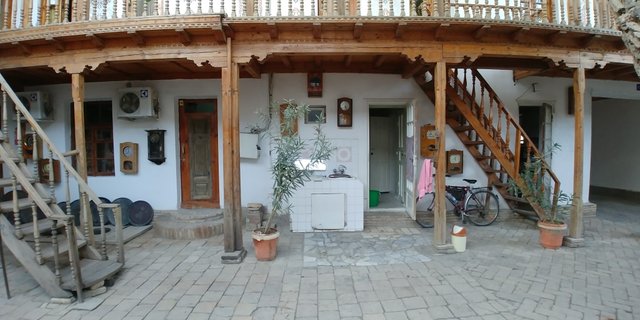
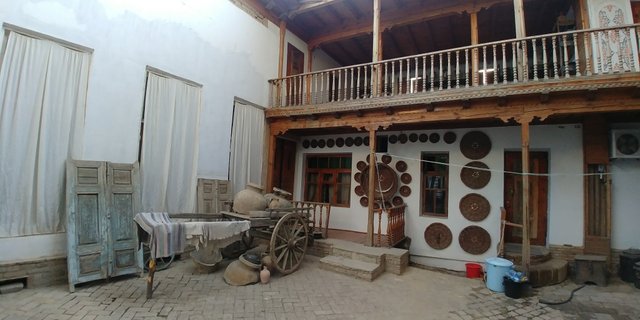
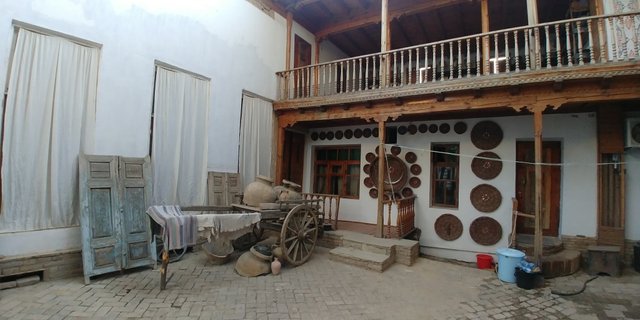
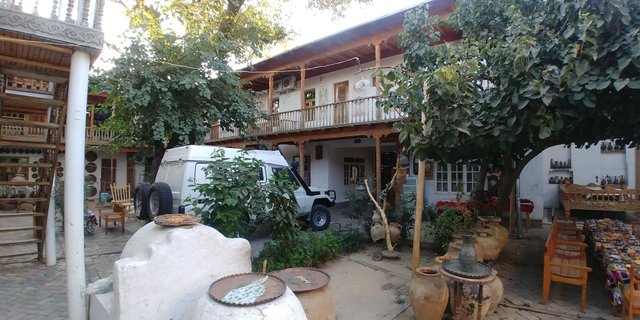
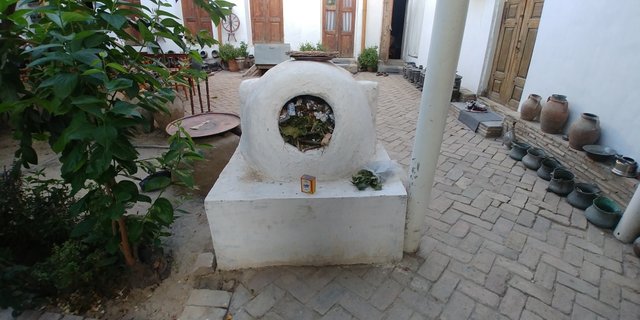
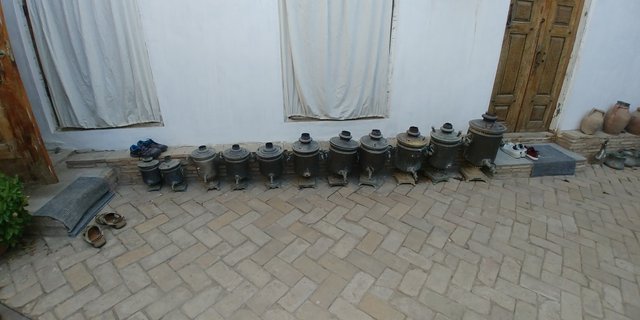
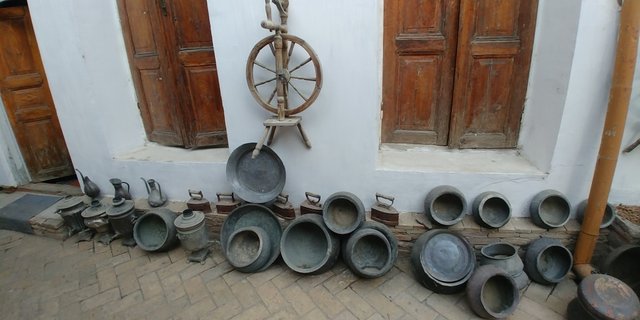
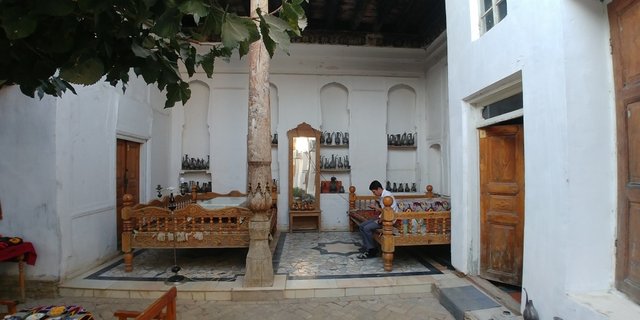
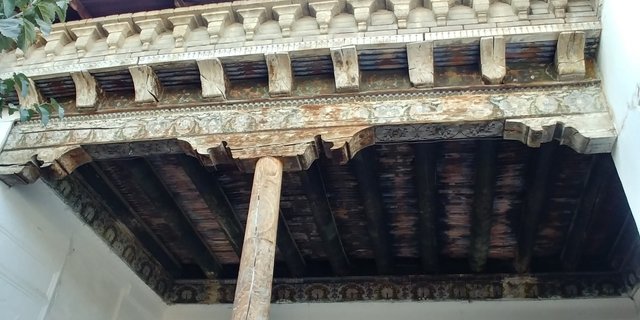
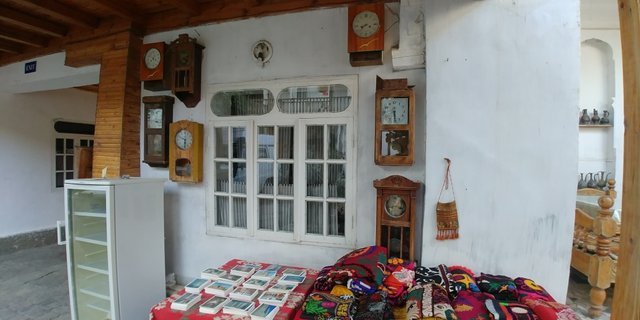
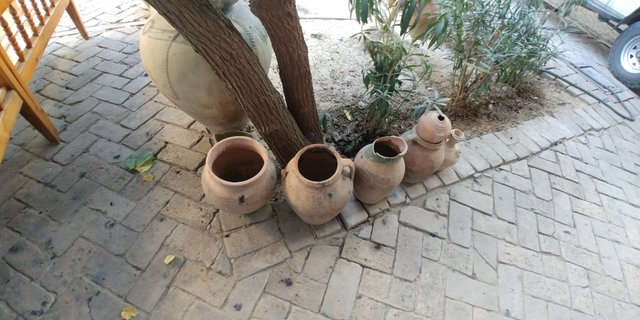
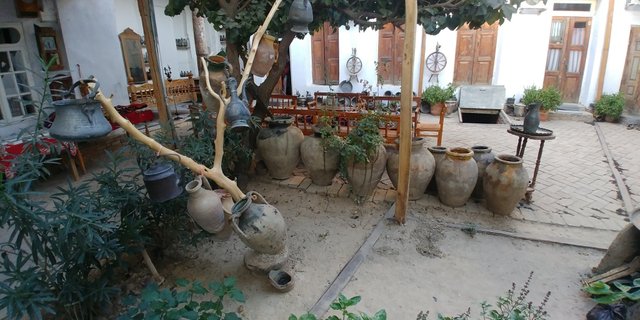
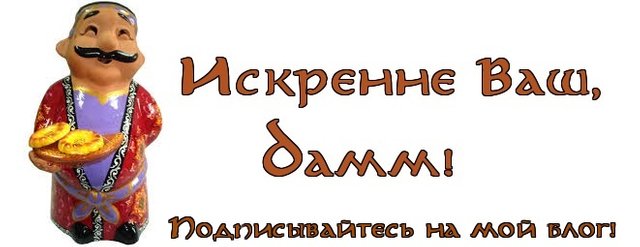
A weak man is just by accident. A strong but non-violent man is unjust by accident.
- Mahatma Gandhi
Congratulations, Your Post Has Been Added To The Steemit Worldmap!
Author link: http://steemitworldmap.com?author=damm-steemit
Post link: http://steemitworldmap.com?post=great-tamerlan-s-path-and-cave-of-neanderthal-people-travel-with-mysterious-uzbekistan-team-part-three
Want to have your post on the map too?
Add the following inside your post:
!steemitworldmap xxx lat yyy long description d3scr
(replace xxx and yyy with latitude and longitude)